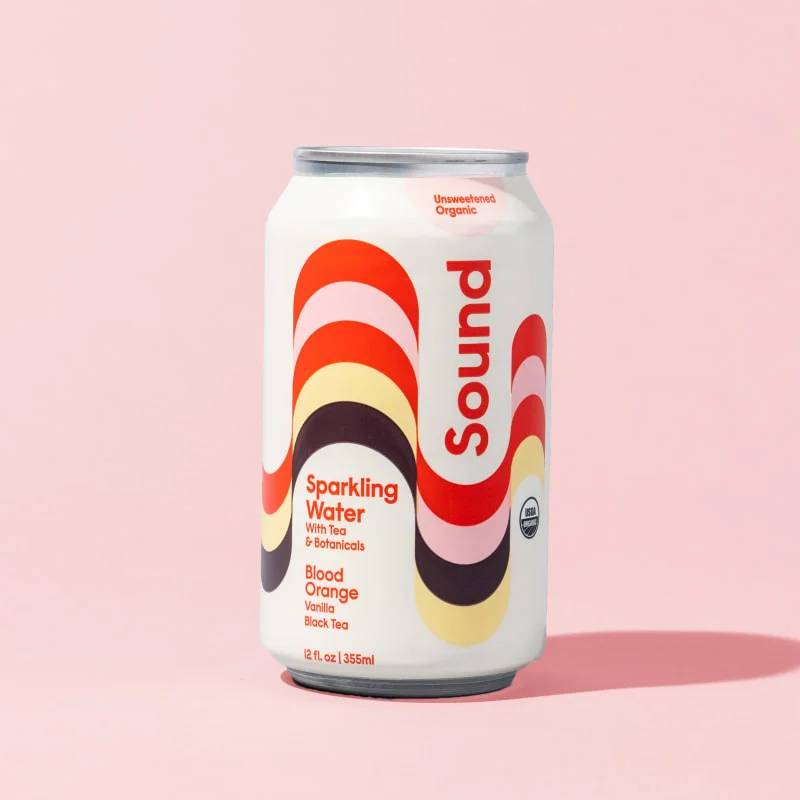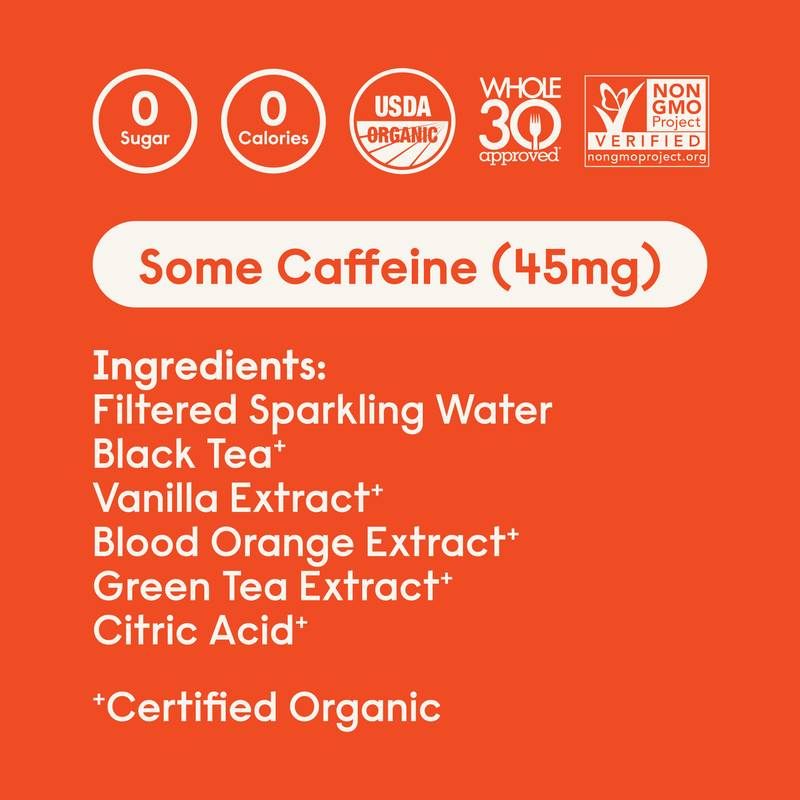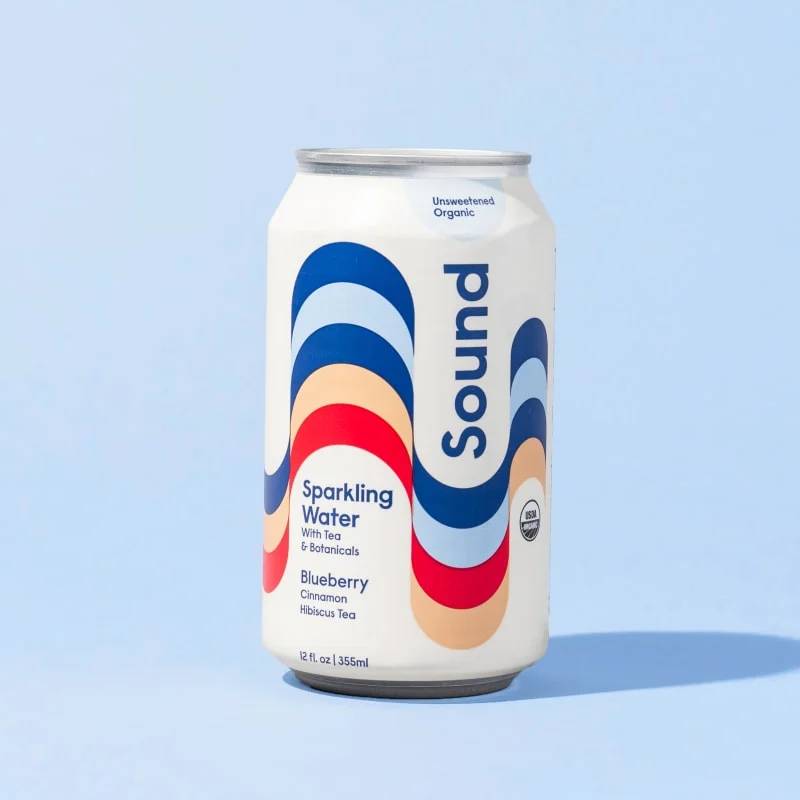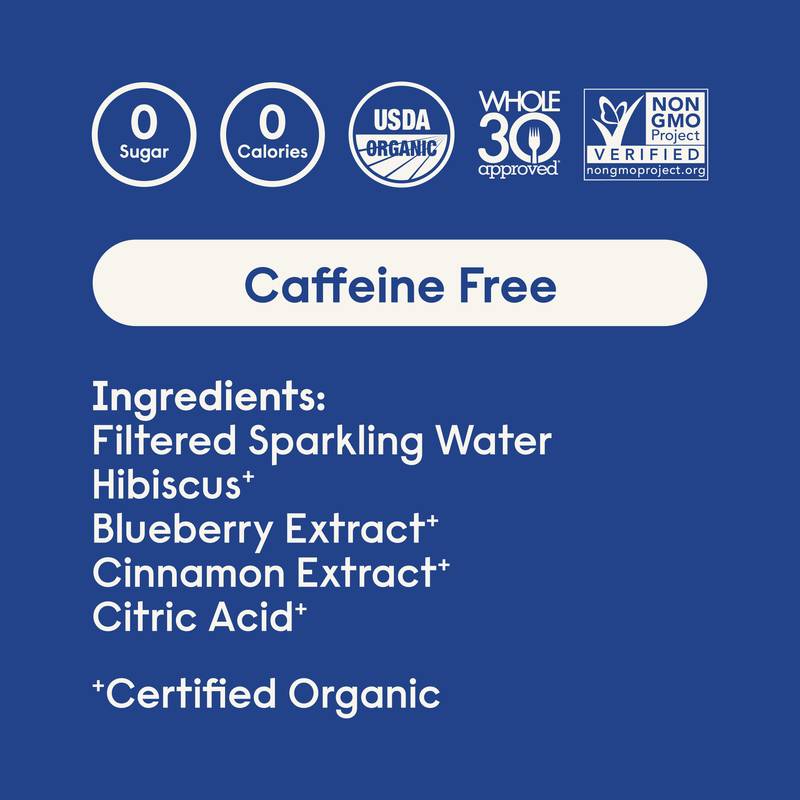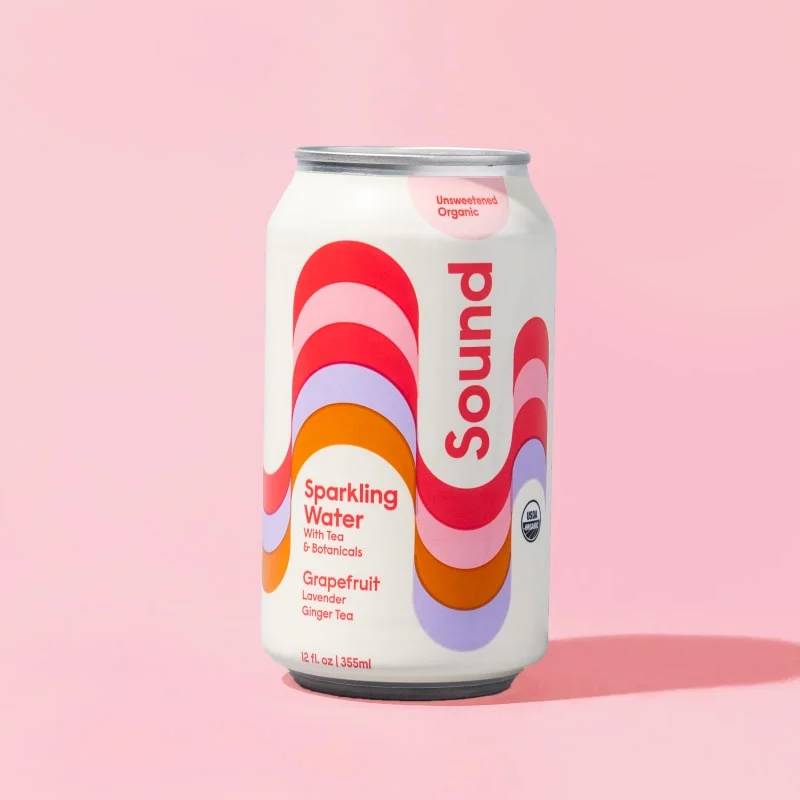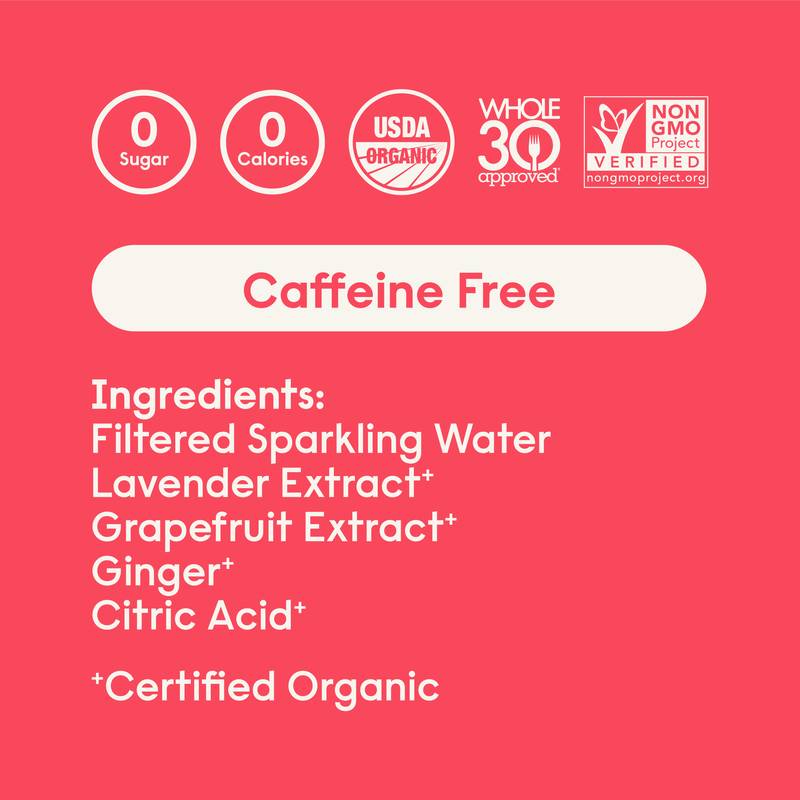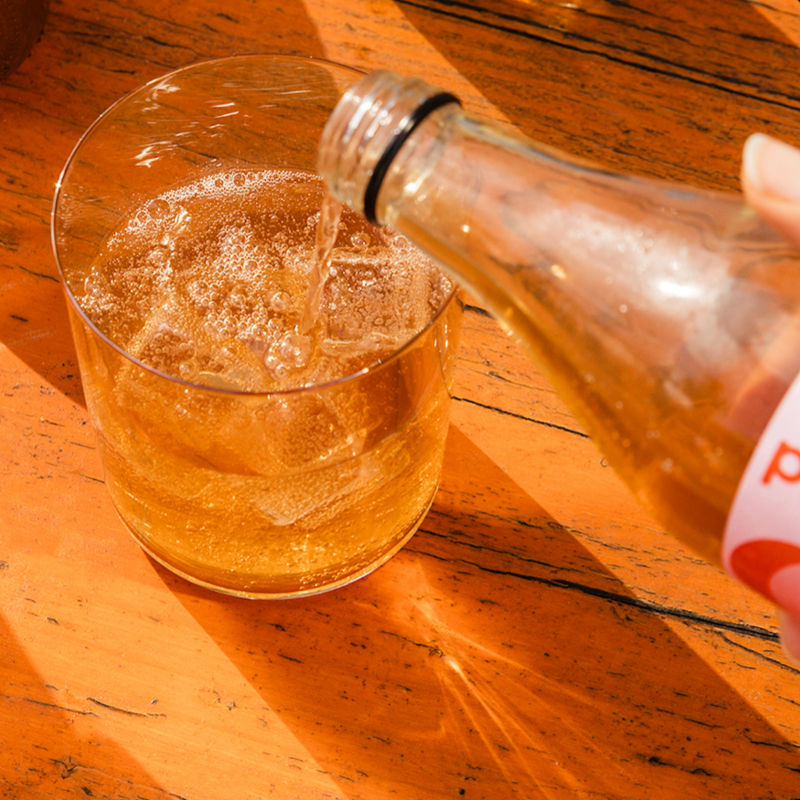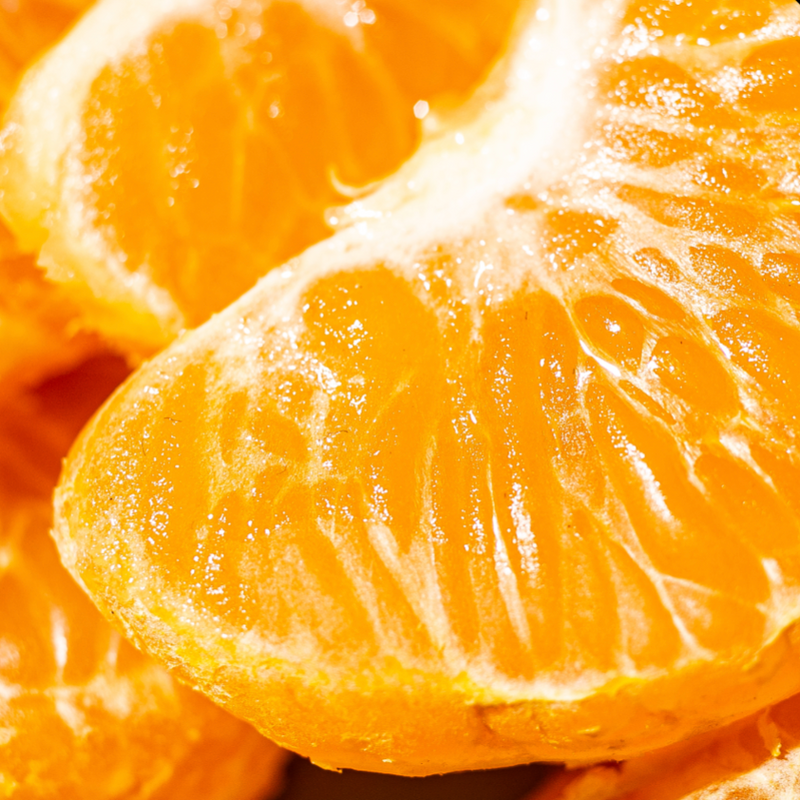As we’ve all learned during the Sugar Reset Challenge this past month, blood sugar is incredibly important as it is fuel for our cells and impacts our overall health in so many ways. Blood sugar levels act like a wave, ebbing and flowing. The height and speed of this wave depends on things like food, stress levels, sleep, and movement. We don’t want excessive and aggressive spikes - aka a build up of sugar in our bloodstream - as either leads to inflammation, unwanted symptoms like fatigue, brain fog, and cravings, and even chronic disease over time. One thing we've learned throughout this challenge is that the key to blood sugar is keeping it balanced!
Realistically, we will all consume some sugar in our diets. We’re all human after all, and we are definitely not about deprivation!! The goal of this sugar reset was to bring attention to added sugar consumption, education around why blood sugar balance matters, and some tangible tools to make us all feel our best. As we come to a close on our sugar reset, Amelia Brown, Certified Functional Nutrition Health Coach, and Lauren Kelly, Registered Dietitian / Holistic Nutritionist and Head of Nutrition at Sound, have teamed up to recap the top 5 most important tips for keeping blood sugar balanced moving forward!
1. Prioritize complex carbs.
There is a lot of fear mongering going on in nutrition and we ain't about it. Depending who you're tuning in to or what you're reading, it may not be too far off to think carbs are the ultimate no. But that's just not true. Yes - carbohydrates in their pure & sole form raise blood sugar, but not all are the same. And how you eat them matters.
Let's take complex carbohydrates for example (think: starchy veggies like potatoes and carrots, fruit, whole grains eg whole wheat or brown rice). These babies are wrapped in fiber, and are therefore more difficult to break down into sugar. Now let's take simple carbohydrates (think: pure added sugars like syrups and other added sugars, juice & soda, chips, candy, white bread and many heavily processed foods). Simple carbohydrates, instead, are processed to be stripped of natural fibers, making them very quick to break down into sugar. This results in more aggressive glucose spikes and insulin surges, which overtime can contribute to inflammation and health issues.
Takeaway: For optimal blood sugar balance we want to prioritize complex carbohydrates, and be mindful of simple carbohydrates.
2. No naked carbs.
Pairing all carbohydrates with protein, healthy fats, and fiber is one of the most important ways to balance blood sugar. Here’s an example: Instead of eating oatmeal with fruit and honey (sugar, sugar, and sugar), try your oatmeal with your favorite protein powder, nuts, chia and ground flaxseed (protein, healthy fat, and fiber). You will feel the difference in your energy levels, mood and mental clarity throughout the day.
Takeaway: Think: “Where’s my protein, fiber, and healthy fats?" when sitting down for a meal or snack to keep it balanced.
3. Get strategic about how and when you break your fast in the morning.
How you start your day has power to drive or curb cravings. Starting your day with a blood sugar balancing meal prevents a mid morning blood sugar crash, minimizes cravings for more sugar or caffeine, and stabilizes energy long term. Protein is always important, but dare we say, it is maybe the most important at your first meal. Protein is the most satisfying macronutrient, which is why we see sugar cravings shoot up with suboptimal levels. Generally speaking, we recommend 30 g of protein to break your fast. Lastly, make sure you aren’t waiting too long to have your first meal. Timing varies from person to person, but if you’re pushing breakfast to 12 or 1 and experiencing low blood sugar, overreating, and energy crashes in the afternoon, it’s time to re-evaluate.
Takeaway: Start your day with 25-30 g of protein to help curb cravings, increase energy, and balance hunger hormones throughout the day.
4. Prioritize three balanced meals and avoid grazing.
Contrary to the old school belief that snacking all day keeps you balanced, your body actually needs breaks from food to rest and digest. We recommend three balanced meals - full of protein, fat, fiber and greens - with a balanced snack here and there if needed. A few of our favorite snacks include: olives and a CHOMPS stick; coconut yogurt, berries, ground flaxseed and nuts; bone broth with some fruit or baby bell peppers; hard boiled eggs and half an avocado (with some everything bagel seasoning or hot sauce for some spice); or a Fab4 style smoothie.
Takeaway: Skip the grazing- aim for 3 balanced meals + 1-2 (mindful) snacks as needed.
5. Avoid/minimize liquid sugar.
Of all the sugars to avoid, this is the most important for a few reasons. Liquid sugar is the single largest source of added sugar in the American diet. It’s also one of the most aggressive ways to spike blood sugar, as there is no fiber or any mechanism present to slow the glucose response as it hits our bloodstream. Examples of liquid sugar include: juices, sports drinks, sodas, coffees/teas with added sugars, kombuchas and cocktails. This is why we love Sound, and keep it as a staple in our homes. It’s a great way to switch it up from basic water while supporting hydration (esp the caffeine-free flavors).
Takeaway: Be especially mindful, and consider eliminating, liquid sugars!
Here are a few additional things to keep in mind, as many factors outside of food/nutrition affect blood sugar balance:
Sleep 7-9 hours a night.
It’s much more difficult to keep blood sugars in a healthy range when you’re sleep deprived, no matter what you’ve eaten or how active you are. One study found that a single night of poor sleep resulted in insulin sensitivity that of an individual with metabolic syndrome. Though it’s ideal to sleep 7-9 hours a night, not enough or poor sleep is inevitable some of the time. We recommend being extra conscious of blood sugar balance the next day, as your body won’t process sugar nearly as efficiently when you are not well rested.
Takeaway: Aim to get to bed earlier for some more ZZZs- getting adequate sleep can lower sugar cravings the next day.
Move your body regularly, especially after meals.
Exercise clears glycogen from muscles and allows for more glucose storage. Strength training is especially supportive of metabolic health. Ultimately, we believe the best source of exercise is what you enjoy and will consistently do. Walking 5-10 min walks after a meal is a great habit to incorporate, as a very effective way to decrease postprandial blood sugar levels.
Takeaway: Instead of heading straight to the couch post-meal, clean up / prep for the next day or go for a walk to improve blood sugar levels after a meal!
Reduce endocrine disrupting chemicals (EDCs).
EDCs are showing up in all kinds of our everyday products and have been found to reduce insulin sensitivity (not a good thing!). Examples of common EDCs include BPA in plastic, PFAs in cookware, and phthalates in beauty products. We recognize avoiding these can feel like a big undertaking. Awareness is the first step and small changes have a big impact!
Takeaway: Start by trading in the plastic in your kitchen for glass, and swapping beauty/household cleaning items for clean alternatives as you run out.
Eat your sweets with or right after your meal.
Having something sweet can be a true enjoyment moment of the day. Instead of eating sweets a few hours after a meal, or as a mid afternoon snack on an empty stomach, eat them with or right after a balanced meal. This will prevent a sharp rise and crash in blood sugar that occurs with too much sugar on an empty stomach.
Takeaway: Enjoy a sweet treat like Evolved or Hu Kitchen chocolate with lunch or dinner!
Hydrate well.
Dehydration results in higher concentration of blood sugar. Aim to drink half your body weight in ounces of filtered water each day. We also recommend adding electrolytes and minerals to your water. As you start consuming less sugar and insulin levels go down, you may lose more sodium and minerals in your urine.
Takeaway: Look for sugar free electrolyte brands (our favorites is LMNT) or just add lemon and mineral rich salt to my water first thing in the morning.
We sure hope you’ve found participating with us valuable and that you are feeling vibrant and energized. We can’t wait to do it again next year. We’d love to hear from you which topics really resonated with you this year! Until then, stay well and balanced!
